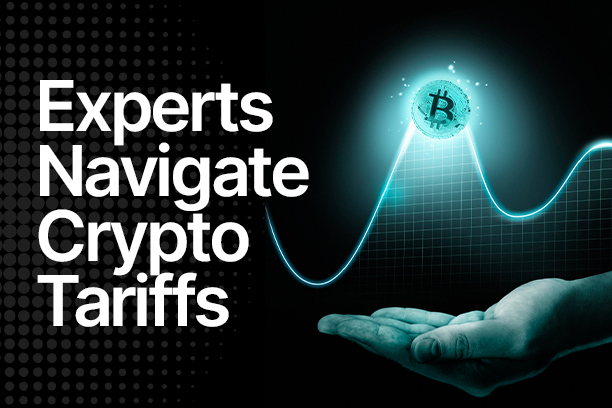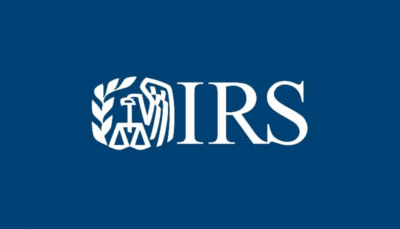The cryptocurrency market has always been known for its volatility, but recent economic and political uncertainties have taken it to another level. With Trump’s tariff policies, the potential for a U.S. crypto reserve, and global governments adjusting their stance on digital assets, traders struggle to navigate the unpredictable swings in Bitcoin, Ethereum, and other major cryptocurrencies.
Experienced investors and market experts understand that reacting emotionally can be costly in times of uncertainty. Instead of making rushed decisions, they rely on historical data, macroeconomic trends, and strategic positioning to ensure they stay ahead.
As Matthias noted, the difference between success and failure in crypto trading often comes down to understanding how institutional money moves in response to global events.
Why Tariffs Are Shaking The Crypto Market
Tariffs have long been used as a tool for economic leverage and global trade negotiations, but they also directly impact financial markets, including crypto. Trump’s recent announcements on tariffs against key trade partners like Mexico and Canada have introduced fresh uncertainty into the market. Investors look for alternative assets whenever there is a trade war or economic instability, and crypto is often a top choice.
History has shown that geopolitical events and economic shifts directly impact Bitcoin’s price. During the U.S.-China trade war 2019, Bitcoin’s price surged nearly 100% in just four months as investors moved money away from traditional markets. Similar patterns were seen during the 2020 COVID-19 market crash, where Bitcoin dropped sharply but then rallied over 600% in a year as central banks printed money to stabilize economies.
With ongoing tariff tensions and a potential U.S. crypto reserve being discussed, traders are again seeing unpredictable market movements. Matthias emphasized the difficulty of navigating such an environment, saying:
“This is not an easy environment to trade. You’re one headline, one tweet away from getting liquidated.”
This highlights the importance of risk management and patience, as making hasty moves based on speculation can result in massive losses.
Experts Are Trading In Uncertain Conditions
While casual traders often react to short-term price movements, expert investors focus on macro trends, institutional behavior, and market cycles to make better trading decisions. Some of the key strategies they use include:
1. Avoiding High Leverage in Volatile Markets
One of retail traders’ biggest mistakes during uncertainty is using high leverage. With sudden price swings, even a minor dip can trigger liquidations, wiping out entire portfolios. Experts take a more conservative approach, using lower leverage or trading spot positions to minimize risk.
2. Monitoring Institutional and Government Actions
Governments and financial institutions drive the biggest market moves, so expert traders closely monitor policy changes, government decisions, and institutional buying activity.
For example, reports indicate that the U.S. government currently holds around 200,000 BTC (worth approximately $17 billion) from past cybercrime seizures. If the government officially integrates these holdings into a strategic reserve, it could send Bitcoin prices soaring and push other nations to do the same.
Additionally, Trump-linked investment groups have recently purchased $21 million in Bitcoin and Ethereum, fueling speculation that major political figures see crypto as an important future asset.
3. Adapting to Global Crypto Trends
Other nations have started adjusting their strategies with the U.S. potentially moving toward a crypto reserve. Experts understand that crypto is now a government-level financial tool, not just an asset for retail investors. Some notable moves include:
- Belarus is considering using excess electricity for Bitcoin mining instead of exporting it.
- Bhutan is quietly building a $950 million Bitcoin mining operation, leveraging its hydropower resources to maintain profitability.
- Japan reduced its crypto tax rate from 55% to 20%, making it more attractive for institutional investors.
- El Salvador is expanding its Bitcoin holdings, owning 6,100 BTC worth over $500 million and continuing to mine Bitcoin using geothermal energy.
These shifts indicate that crypto adoption is accelerating globally, and traders who understand these macro-level changes are better positioned to profit in the long run.
Preparing For Long-Term Growth
Despite short-term volatility, expert traders remain optimistic about the long-term future of crypto. The increasing involvement of governments, financial institutions, and large-scale investors means digital assets are slowly becoming part of the global financial system.
Matthias reinforced the importance of staying patient and focused on the bigger picture, saying:
“The goal here is to not get liquidated… and to understand that we are overall moving toward mass adoption.”
This statement underscores the importance of risk management and strategic positioning. Traders who get caught up in short-term panic or hype often lose money, while those who study macro trends and institutional behavior position themselves for success.
As the market continues to respond to Trump’s policies, global economic shifts, and regulatory developments, one thing is clear—crypto is no longer just an alternative asset; it is becoming a fundamental part of the future financial landscape. Traders who learn to navigate volatility wisely will thrive in this new era of digital finance.





